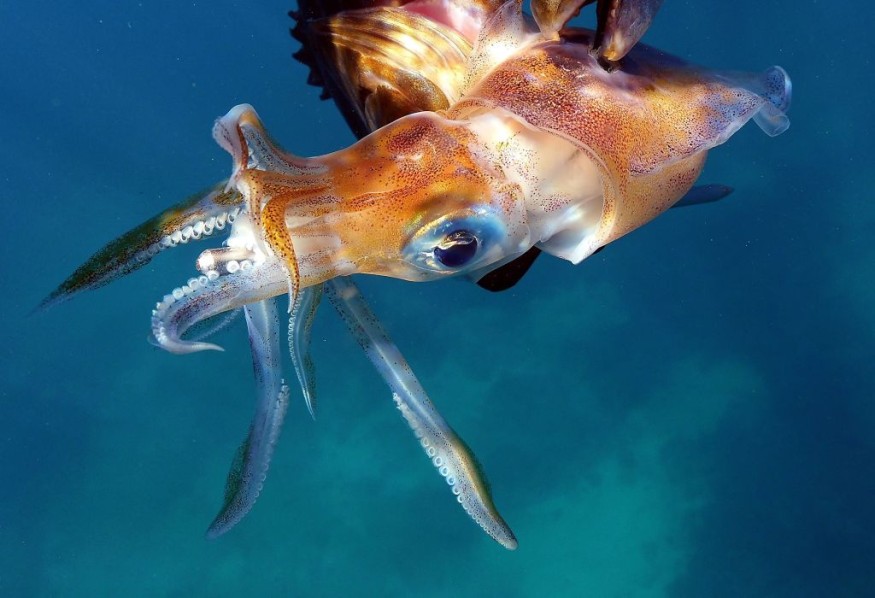
A recently discovered, oldest existing - close family member of octopuses and vampire squids; by the experts from Yale and the American Museum of Natural History, was dubbed after the 46th President of the United States as an honor to its government.
To catch prey, Syllipsimopodi bideni possessed ten appendages, flippers, plus rows of suckers.
New Specie of the Extinct Vampire Squid With 10 Arms
The said creature existed 328 million years ago and is a unique strain of vampyropod, a kind of wide range of aquatic creature that indicates the current octopuses and vampire squid, according to SciTechDaily news update.
The specie was given the name following President Joseph R. Biden to commemorate the newly elected president, who has now been sworn into office at the period the research project was filed for release, and to highlight his devotion to academia. However, the presidential appellation is only one aspect of the animal's importance.
According to National Science Institute postdoctoral associate at Yale's College of Earth and Geosciences as well as the American Natural history Museum, Christopher Whalen, who is also the primary researcher of a investigation describing the breakthrough published in the journal Nature Communications remarked that the results of the investigation indicate that the very first vampyropods, or certainly to some degree, brings to mind live squids.
Furthermore, Syllipsimopodi bideni therefore calls into question the prevailing reasons for vampyropod genesis as well as proposes a novel paradigm for the development of internally-shelled cephalopods.
Whalen along with co-author Neil Landman of the American Museum of Natural History confirmed the proof of identity from a workpiece unearthed in central Montana and now housed in the Royal Ontario Museum 's holdings.
Syllipsimopodi bideni adds roughly 82 million years to the evolutionary history of vampyropods. This is the sole vampyropod documented to possess ten functioning appendages.
Octopods, on the other hand, have eight limbs, whereas contemporary vampire squids feature eight forearms plus two filaments. Area of present squids as well as cuttlefish also have ten limbs. Primitive vampyropods, including such Syllipsimopodi bideni, also had a gladius which is a flatter, translucent material vestige of an interior carapace.
In an interview where Whalen explained that presently, primarily squids along their relative's family and subgroups, as well as vampire squid, have such a gladius. It has been decreased to a fin reinforcement or stylets, which seem to be tiny, rigid, bar-shaped formations by octopods.
Syllipsimopodi bideni, according to Whalen, has a torpedo-shaped carapace. Its fins were large enough to serve as stabilizers and aid in swimming. Every combination of its appendages was significantly prolonged than the remaining four sets, akin to contemporary squids' two extended tendrils.
Syllipsimopodi bideni, the experts hypothesize, utilized its larger appendages to acquire small animals - maybe tiny, spherical invertebrates - and its narrower limbs to imprison and control victims.
Read also: Celebrating Yellowstone's 150th Birthday: Take a Look at the History of this Iconic National Park
Extinct Vampire Squid Named After President Biden as Honor
Whalen explained that the scientists nicknamed the creature following Biden since the paper was authorized shortly following the president's inaugural ceremony and on the 6th of the month of January insurgency at the Capital building.
The primary author of the study has said to decide to honor the situation in a somewhat more constructive and forward-looking perspective.
"I was pleased by President Biden's promises to combat problem of global warming, as well as his overall sense that policymakers could perhaps pay any attention to climate researchers," Whalen said.
© 2026 NatureWorldNews.com All rights reserved. Do not reproduce without permission.





